Facts & Figures
There are so many reasons why Pelham is the right place to establish, relocate, or expand your business. Our central location to major highways and transportation hubs, our small town charm, low cost of operations and ease of doing business – all right here in Pelham.
Population Growth | |
|---|---|
Pelham has experienced steady and measured population growth every decadeover the past 60 years.
The 2010 US Census projection for Pelham NH was 12,897, which ranked 24thamong New Hampshire’s incorporated cities and towns. | 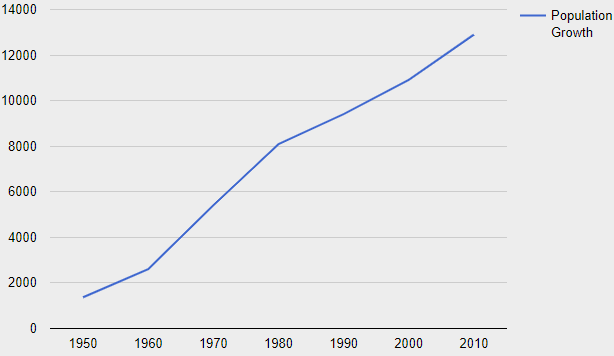 |
Household Income | |
|---|---|
Pelham’s Median Household Income is 37% higher than the national average. | 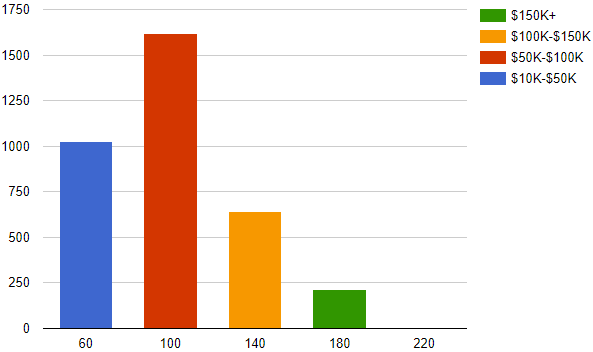 |
Income Compared - About Pelham Household Income VS. State Average | |
|---|---|
Pelham’s Median Household Income is consistently higher than the NH state average,with Pelham NH residents having more wealth than the state average.
Source: American Community Survey | 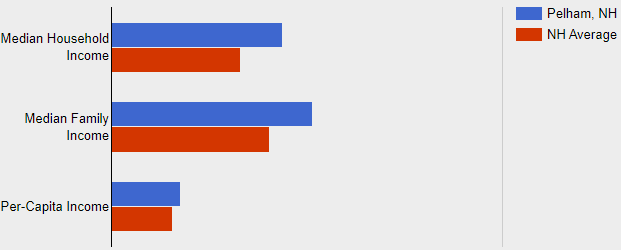 |
Age Demographics - About Population By Age Group | |
|---|---|
The majority of Pelham’s residents are middle-aged professionals with families – a demographic known to be avid consumers of numerous goods and services.
The median age for Pelham NH’s residents is 36 years. | 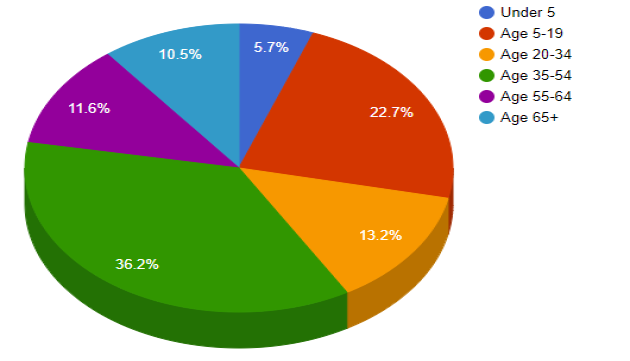 |
Education - About Resident Educational Attainment | |
|---|---|
Pelham NH’s population is highly educated by local, state and national standards, with 87.2%of Pelham’s adult population being high school graduates, 42% holding a college degree, and24% holding a bachelor’s degree or higher. | 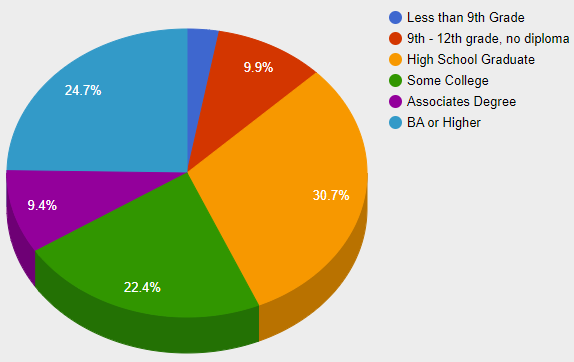 |
Occupations - About Resident Occupations | |
|---|---|
Pelham NH was founded on core industries such as farming and logging, but today’s population hadevolved with the times. Over 36% of Pelham residents work in a professional or managerialposition, and over 25% serve in sales and office positions. | 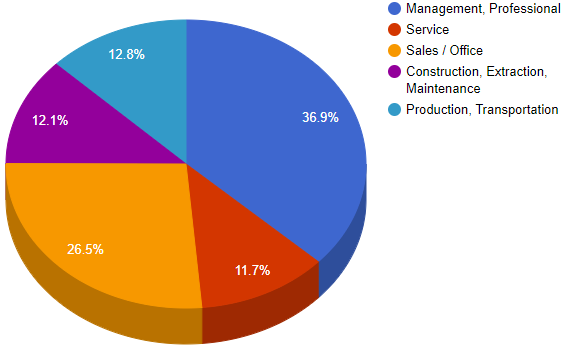 |
Home Values - Median Home Purchase Price | |
|---|---|
The majority of new single-family homes being constructed in Pelham today can beconsidered “high-end,” often up to 5,000 square feet in size and built on larger lotsthan homes constructed in the 1960s and 1970s. | 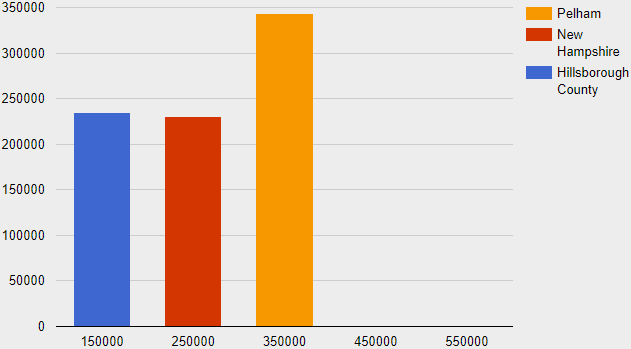 |

